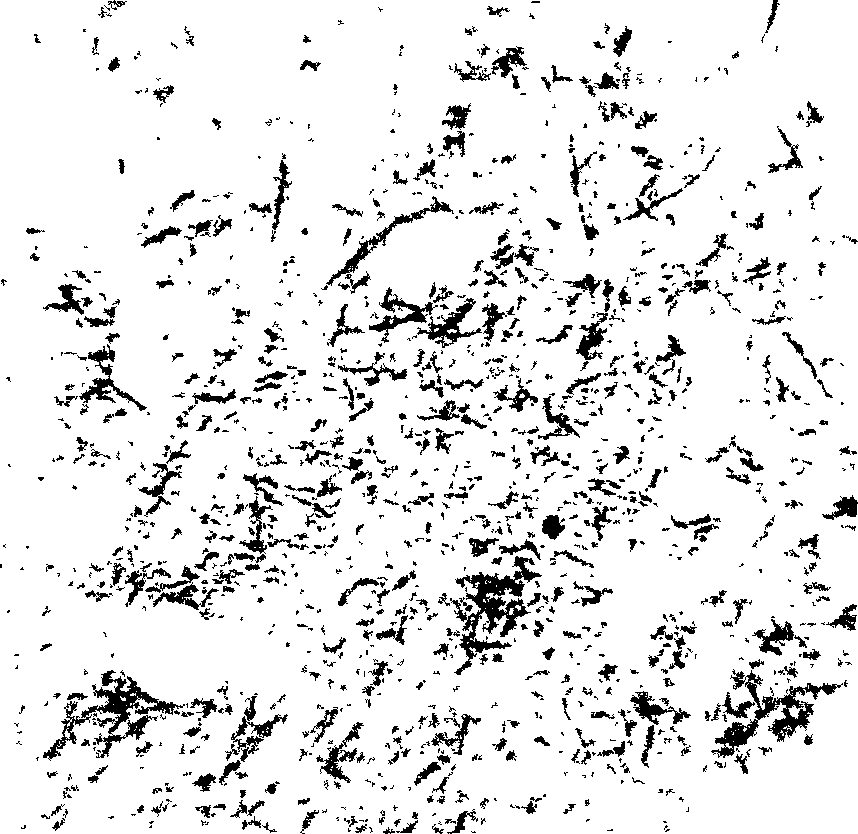Construction method for presenile dementia white rat animal model
A kind of Alzheimer's disease, animal model technology, applied in teaching models, educational appliances, instruments and other directions, can solve the problems of the application limitation of transgenic animals, unable to truly reflect AD pathological changes and other problems
- Summary
- Abstract
- Description
- Claims
- Application Information
AI Technical Summary
Problems solved by technology
Method used
Image
Examples
example
[0040] Example Illuminated Rats to Construct AD-like Rat Animal Model
[0041] (1) Experimental animals and groups
[0042] Male Wistar rats (provided by the Experimental Animal Center of Tongji Medical College, Huazhong University of Science and Technology), SPF grade, weighing 50-70 grams, 30 rats. Divided into two groups, 15 rats in each group: ① normal group, reared in a conventional environment (12h: 12h), that is, 7:00-19:00 natural light, 19:00-7:00 no light; ② model group, continuous light Method (24h:0h): 7:00-19:00 natural light, 19:00-7:00 light; light intensity: 150 Lux; time: 6 weeks, during which animals can eat and drink freely, and the room temperature is 20-25°C.
[0043] (2) Main reagents
[0044] Acrylamide (Arc), N,N-Methylenebisacryloyl (bis), Tetramethylethylenediamine (TEMED), Sodium Dodecyl Sulfate (SDS), Glycine (Glycine), Bovine Serum Albumin (BSA), tris(Tris), sodium vanitate (Na3VO4), β-phosphoglycerol (β-PG), sodium fluoride (NaF), phosphorylase...
PUM
 Login to View More
Login to View More Abstract
Description
Claims
Application Information
 Login to View More
Login to View More - R&D Engineer
- R&D Manager
- IP Professional
- Industry Leading Data Capabilities
- Powerful AI technology
- Patent DNA Extraction
Browse by: Latest US Patents, China's latest patents, Technical Efficacy Thesaurus, Application Domain, Technology Topic, Popular Technical Reports.
© 2024 PatSnap. All rights reserved.Legal|Privacy policy|Modern Slavery Act Transparency Statement|Sitemap|About US| Contact US: help@patsnap.com









